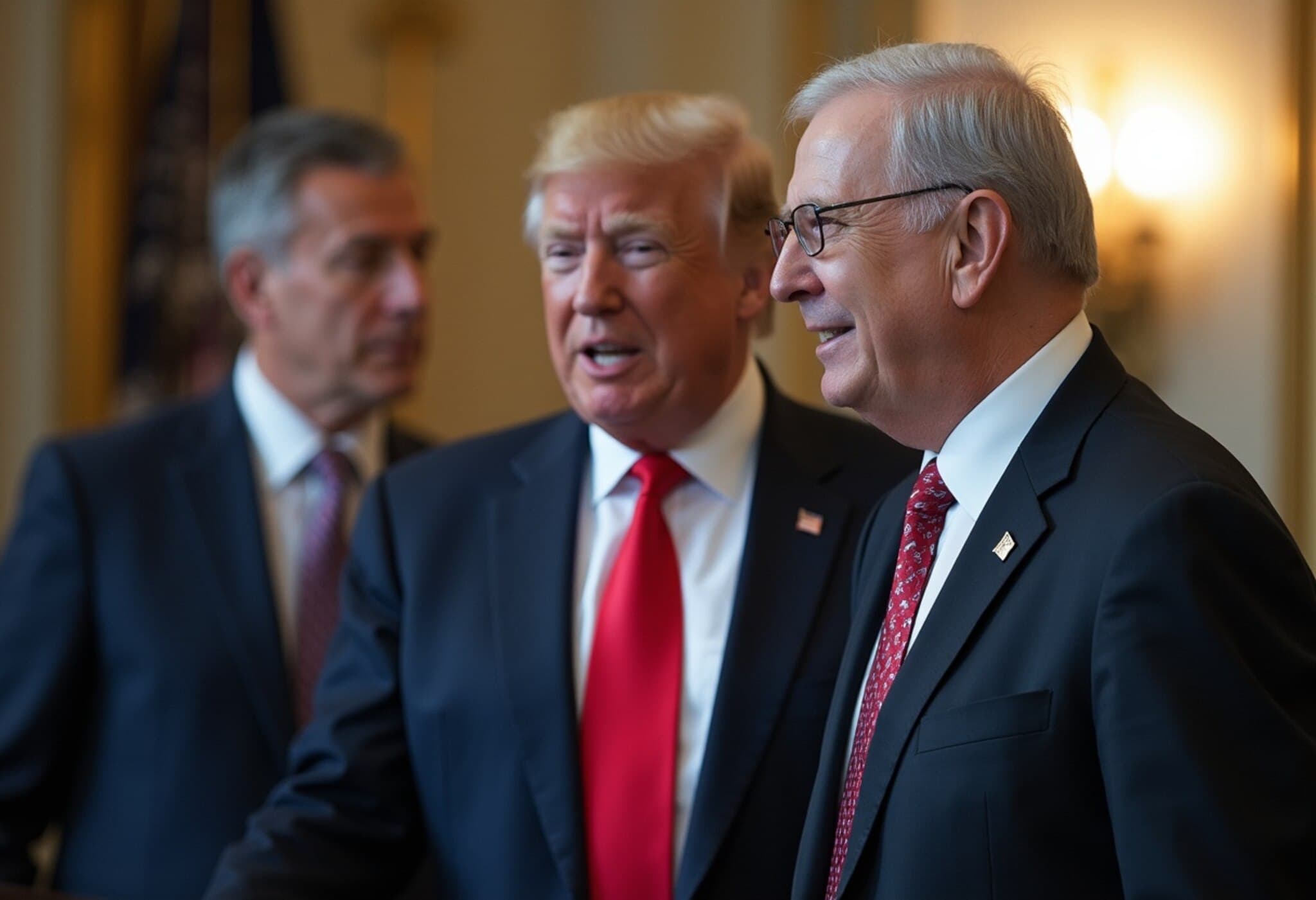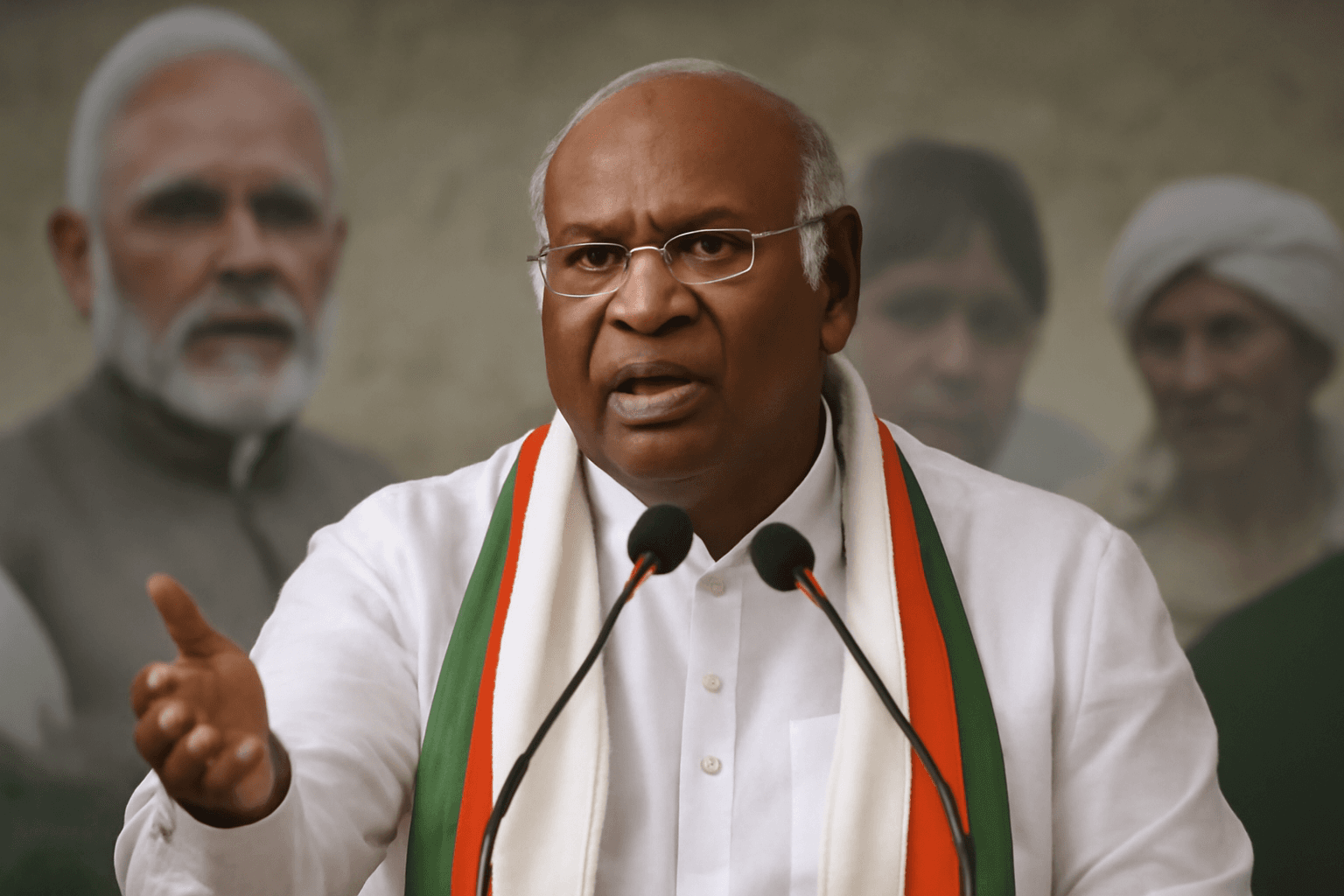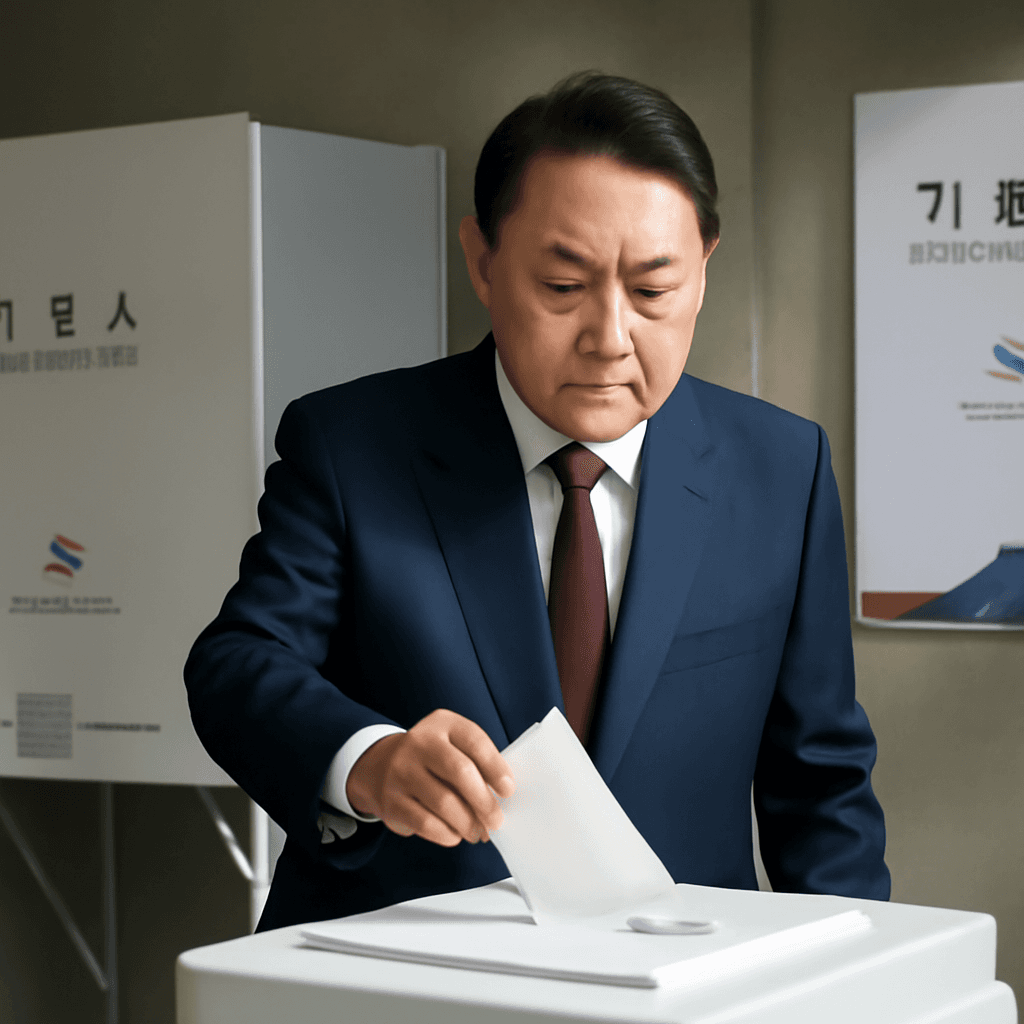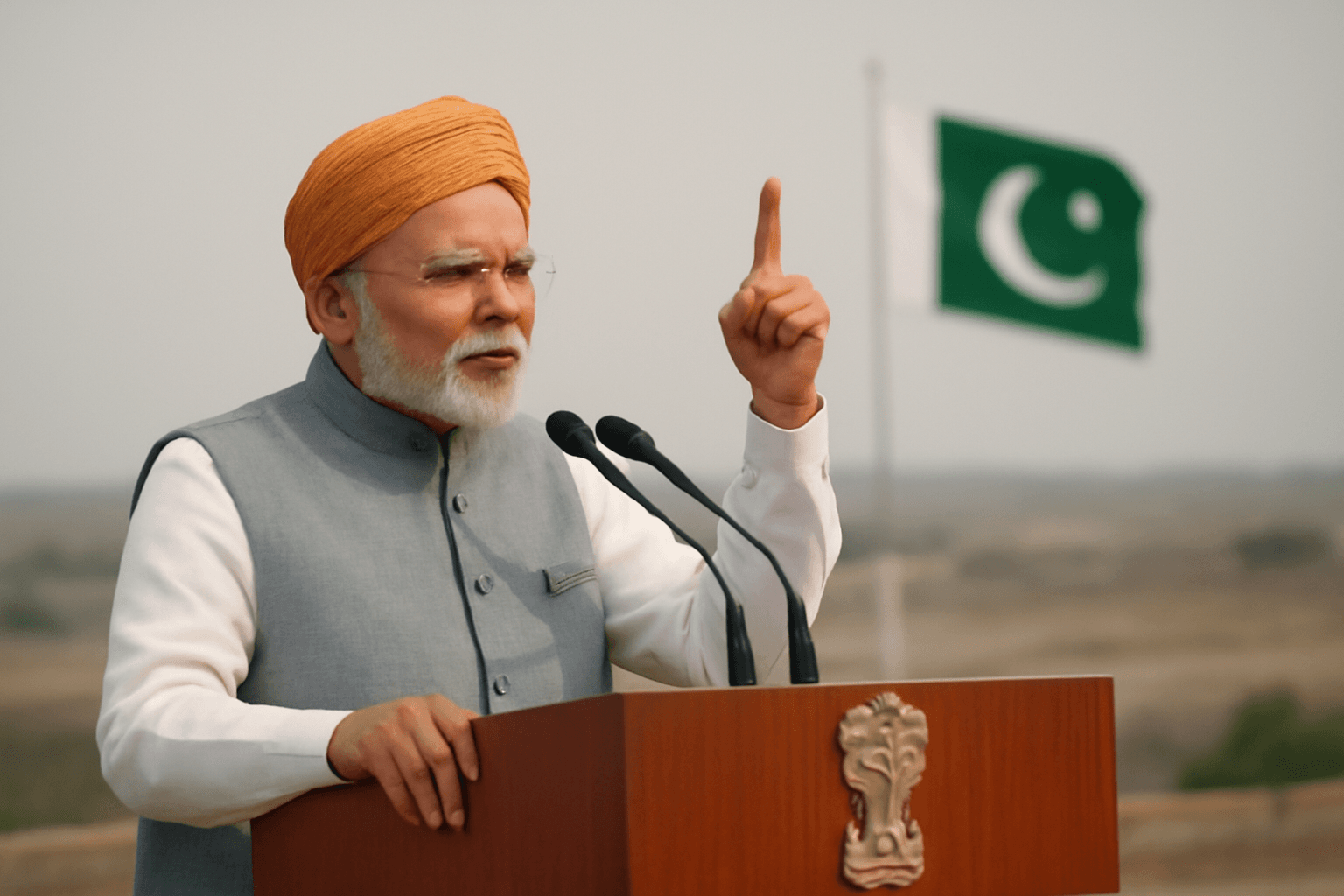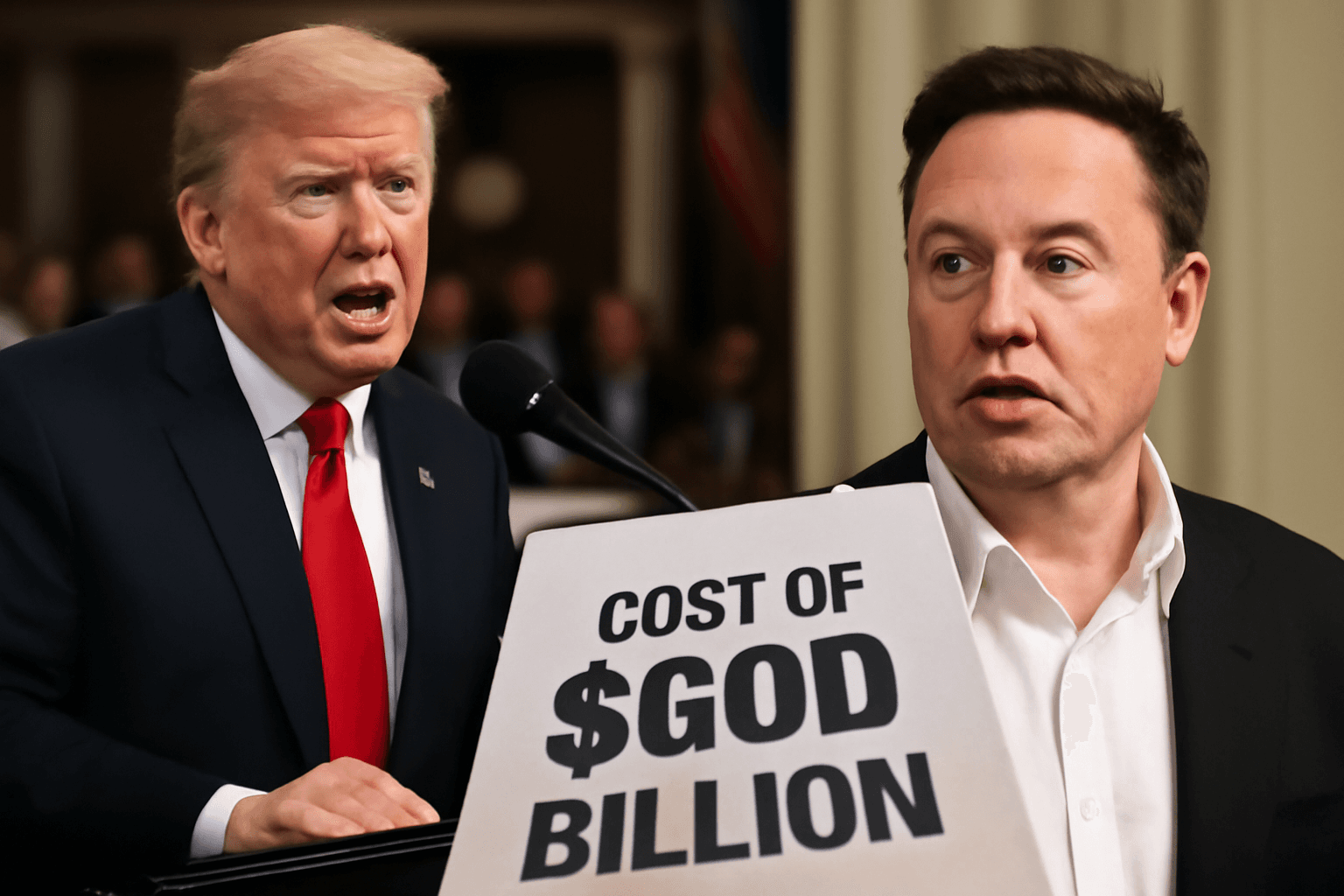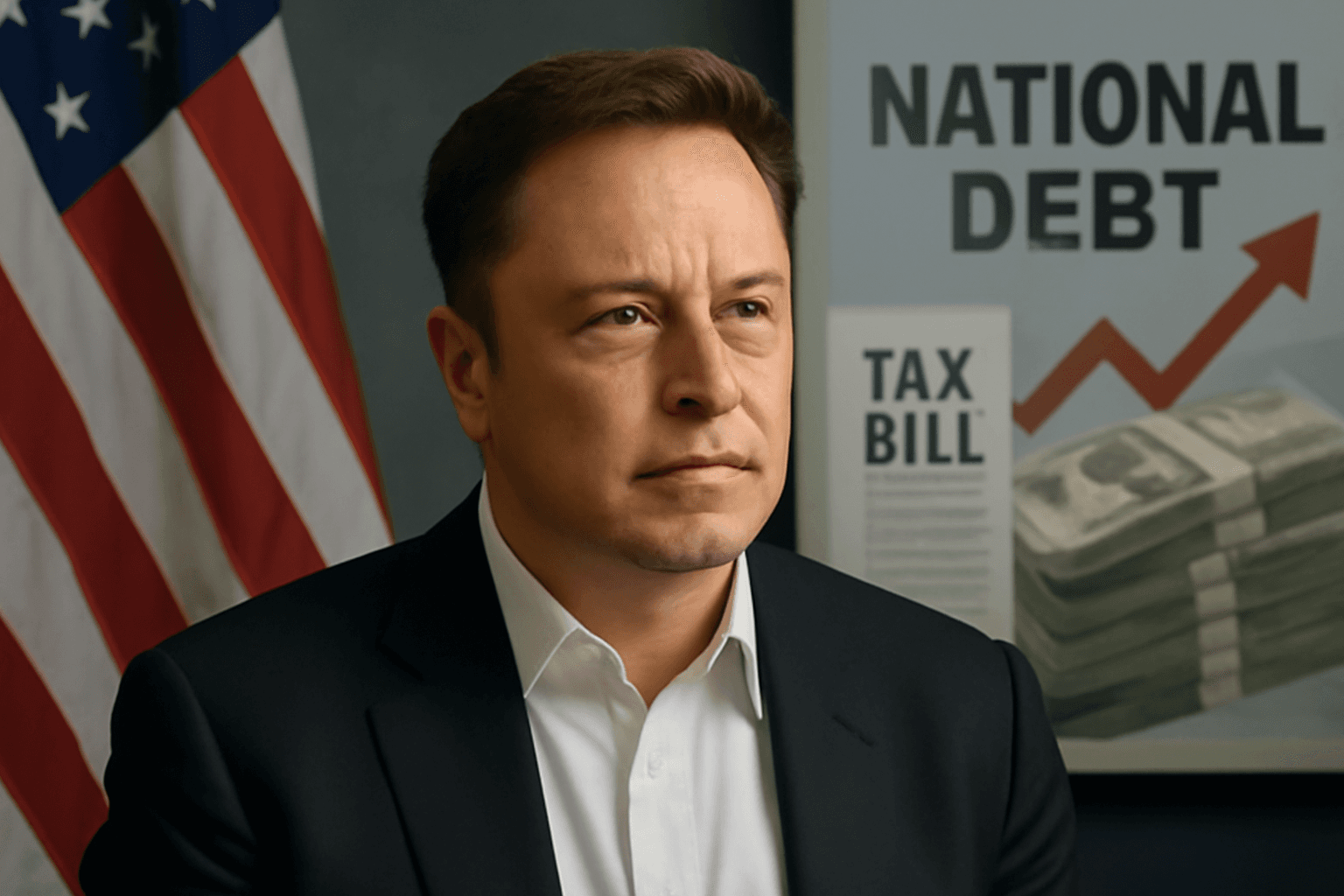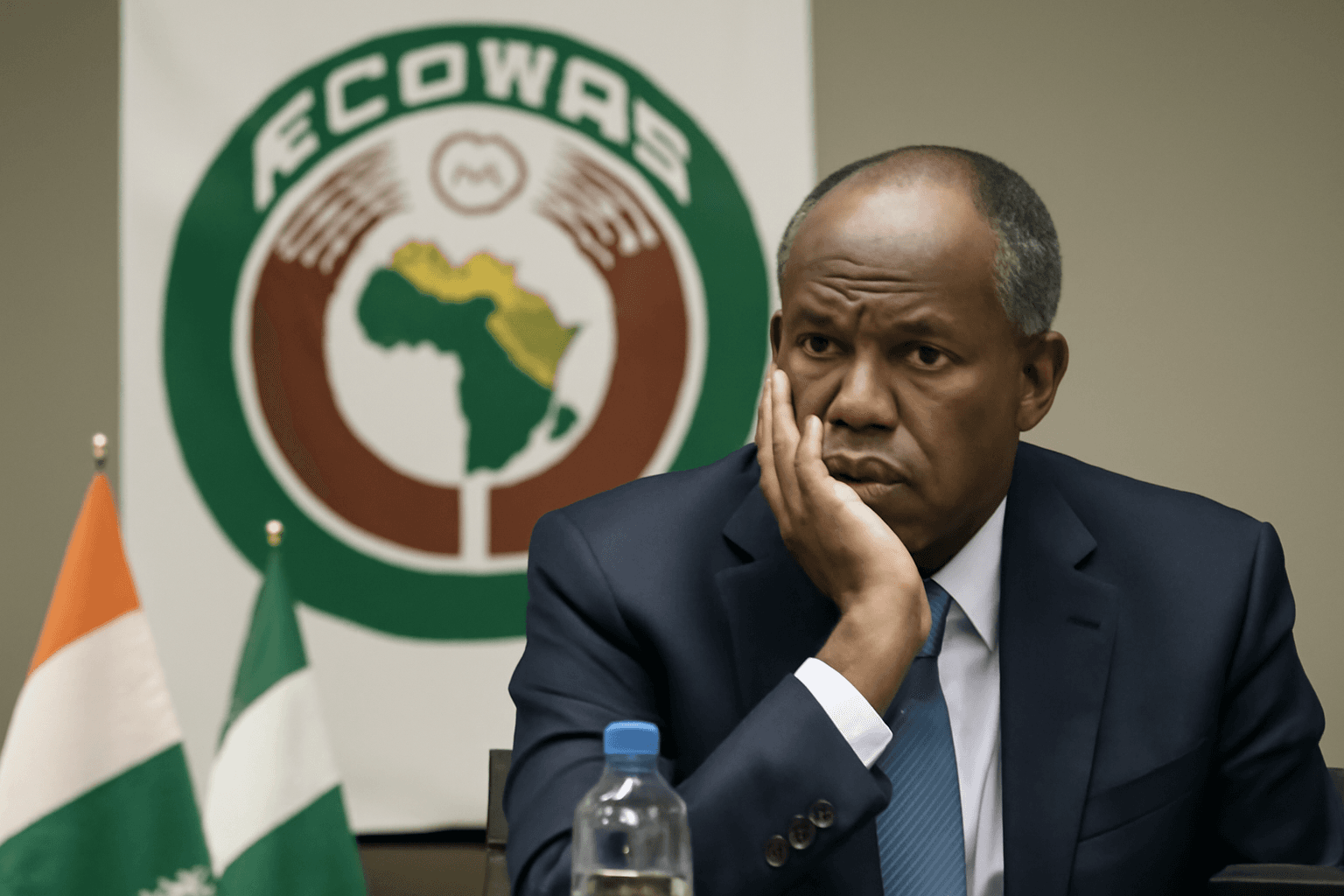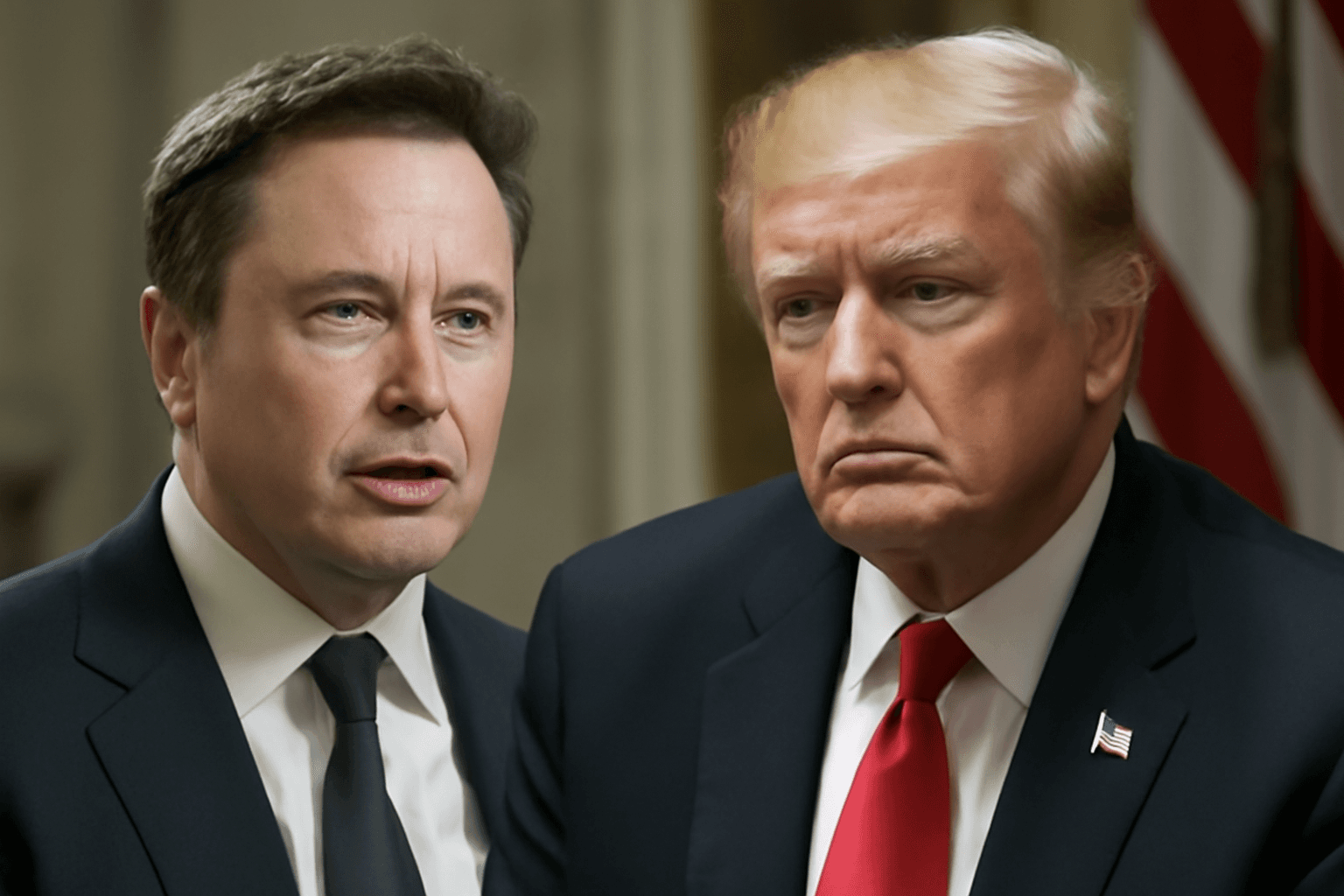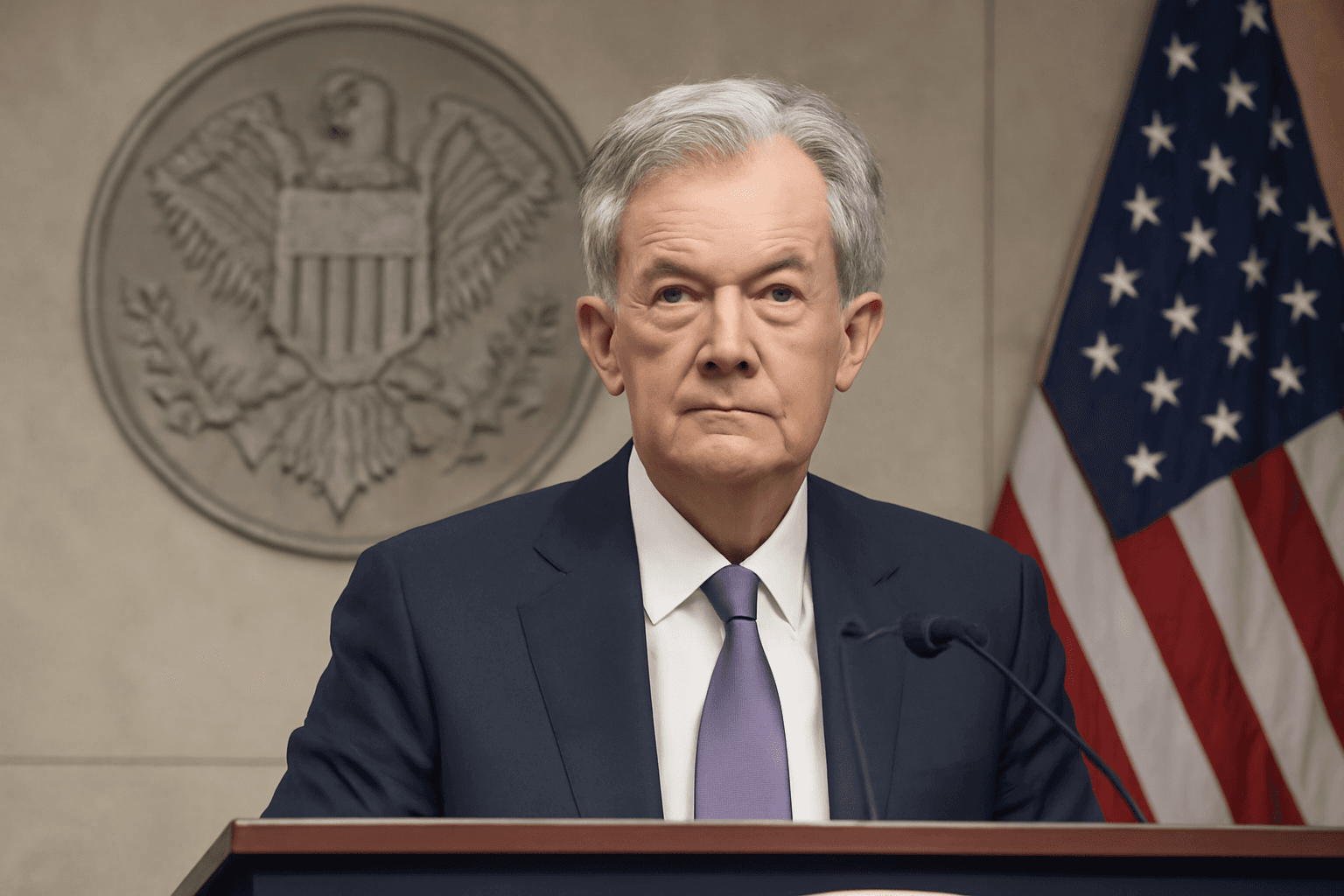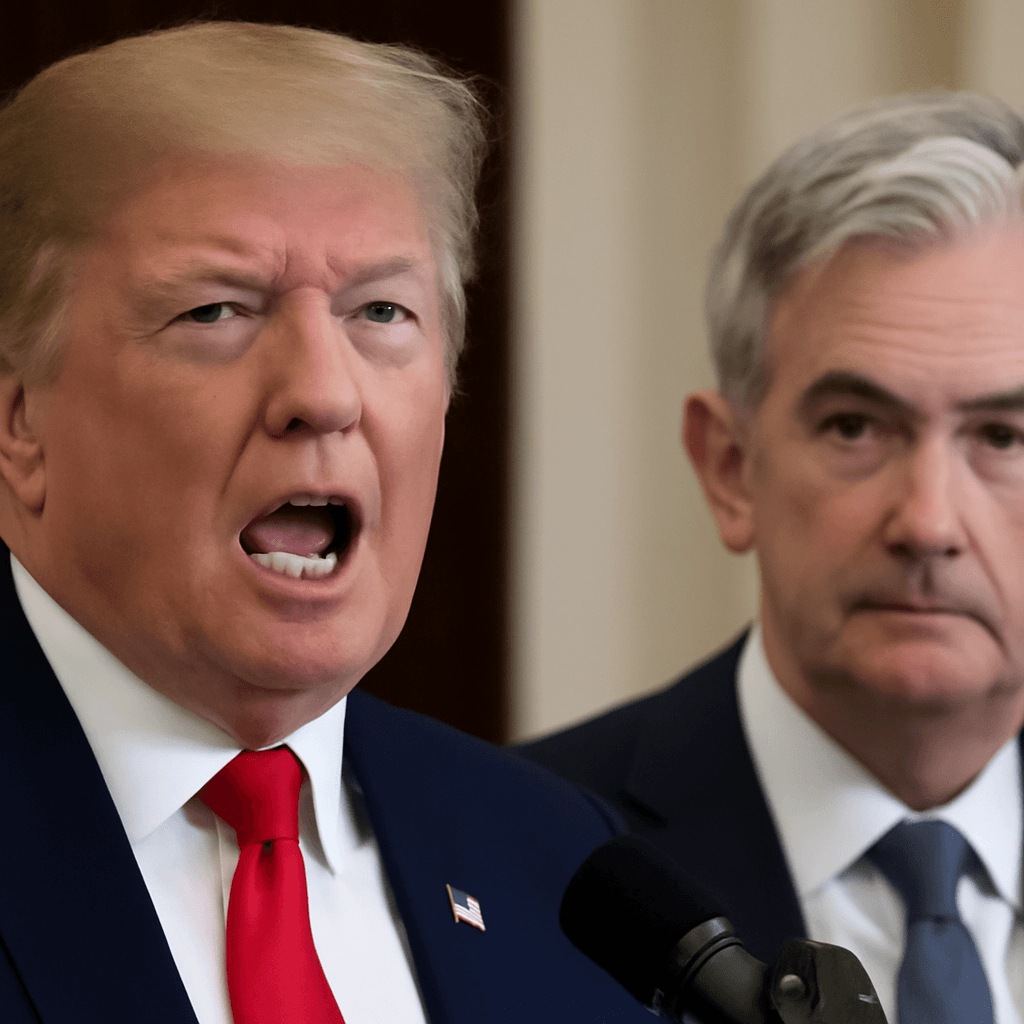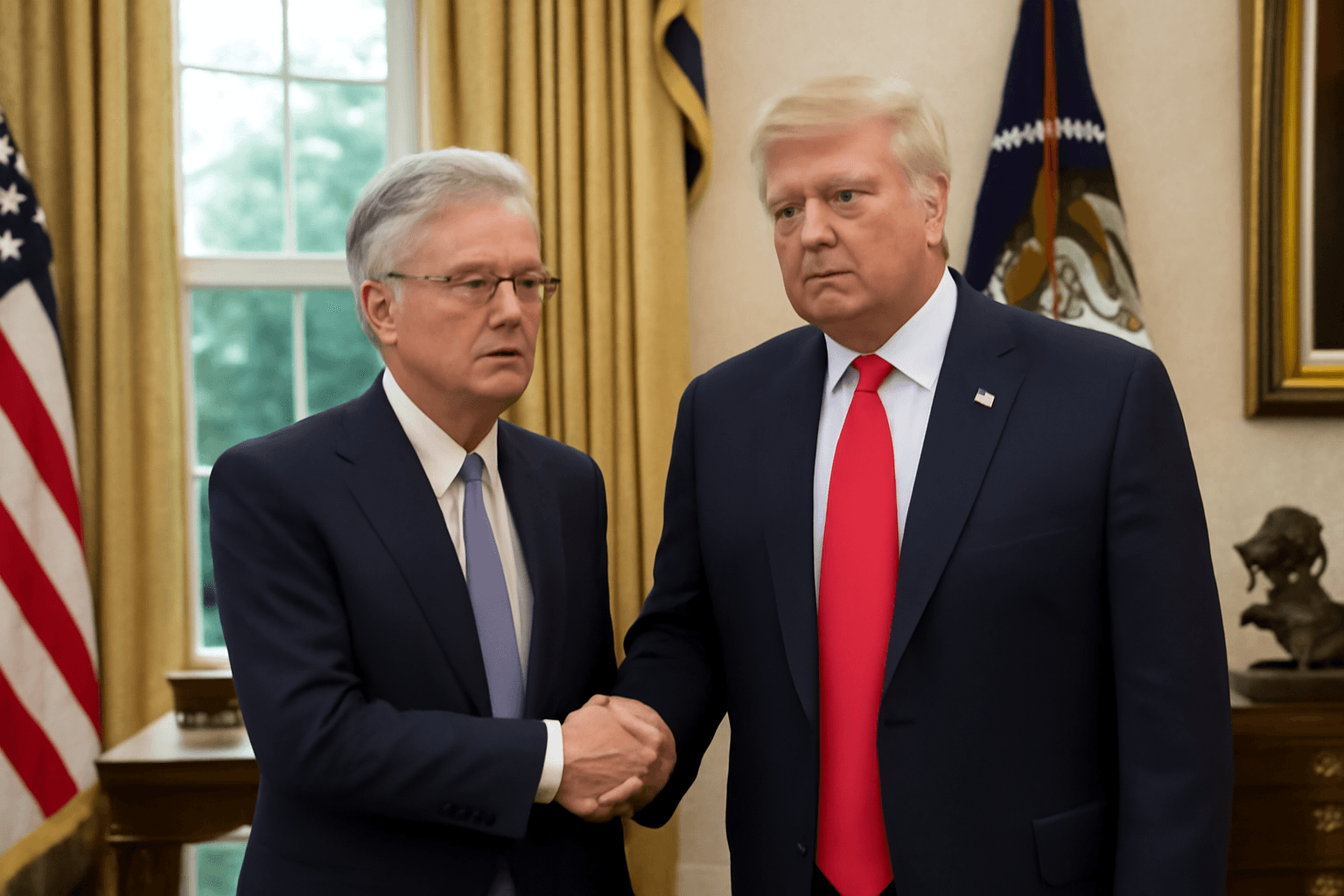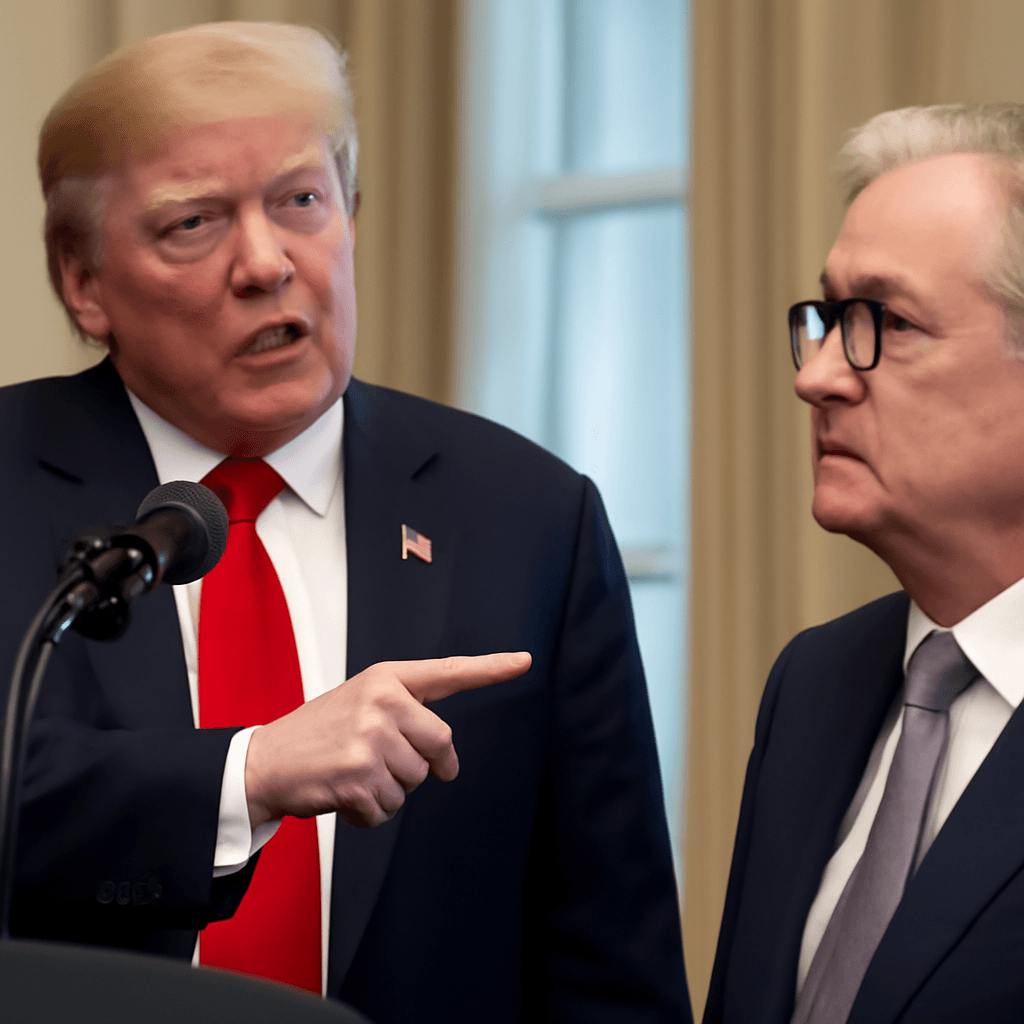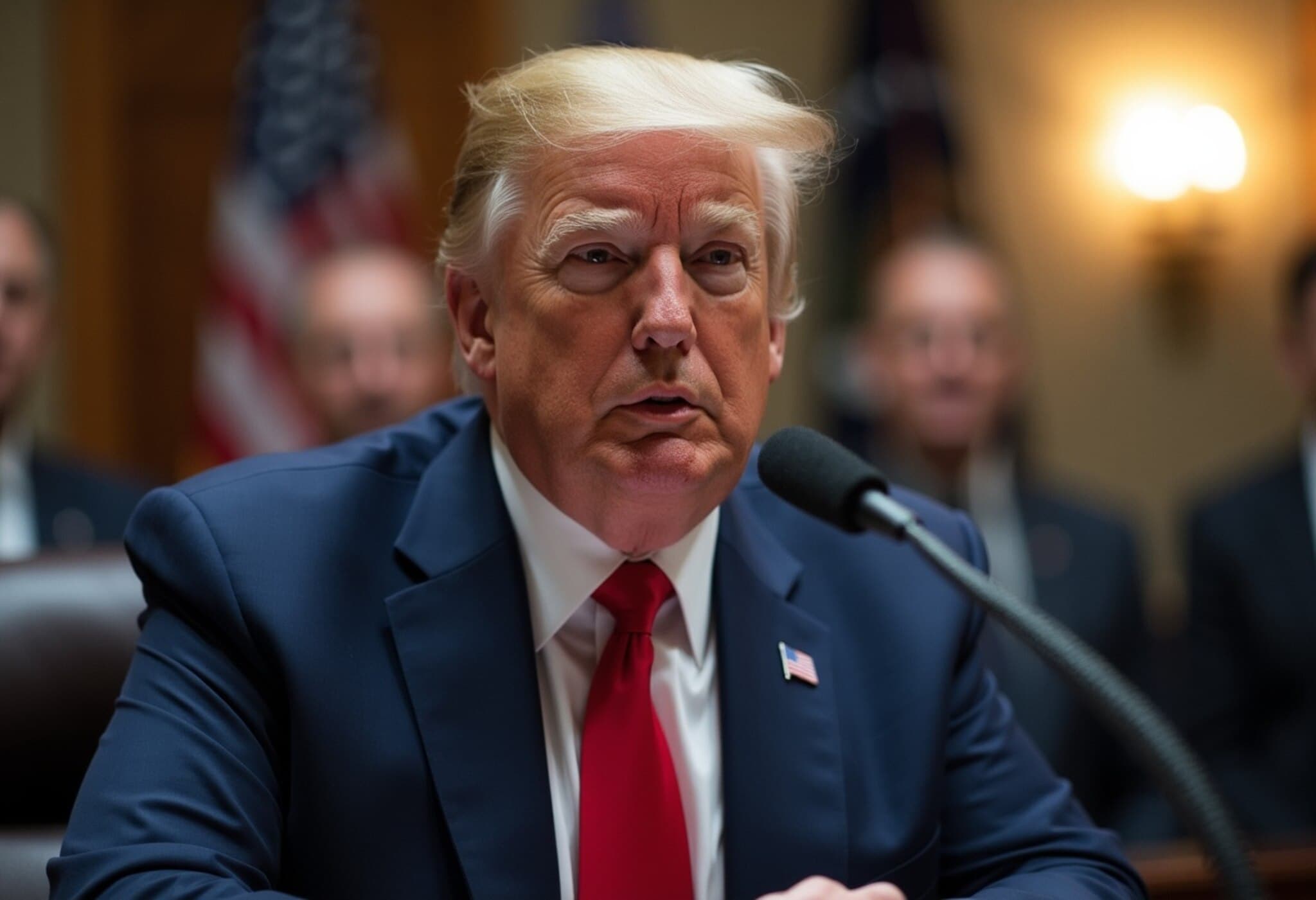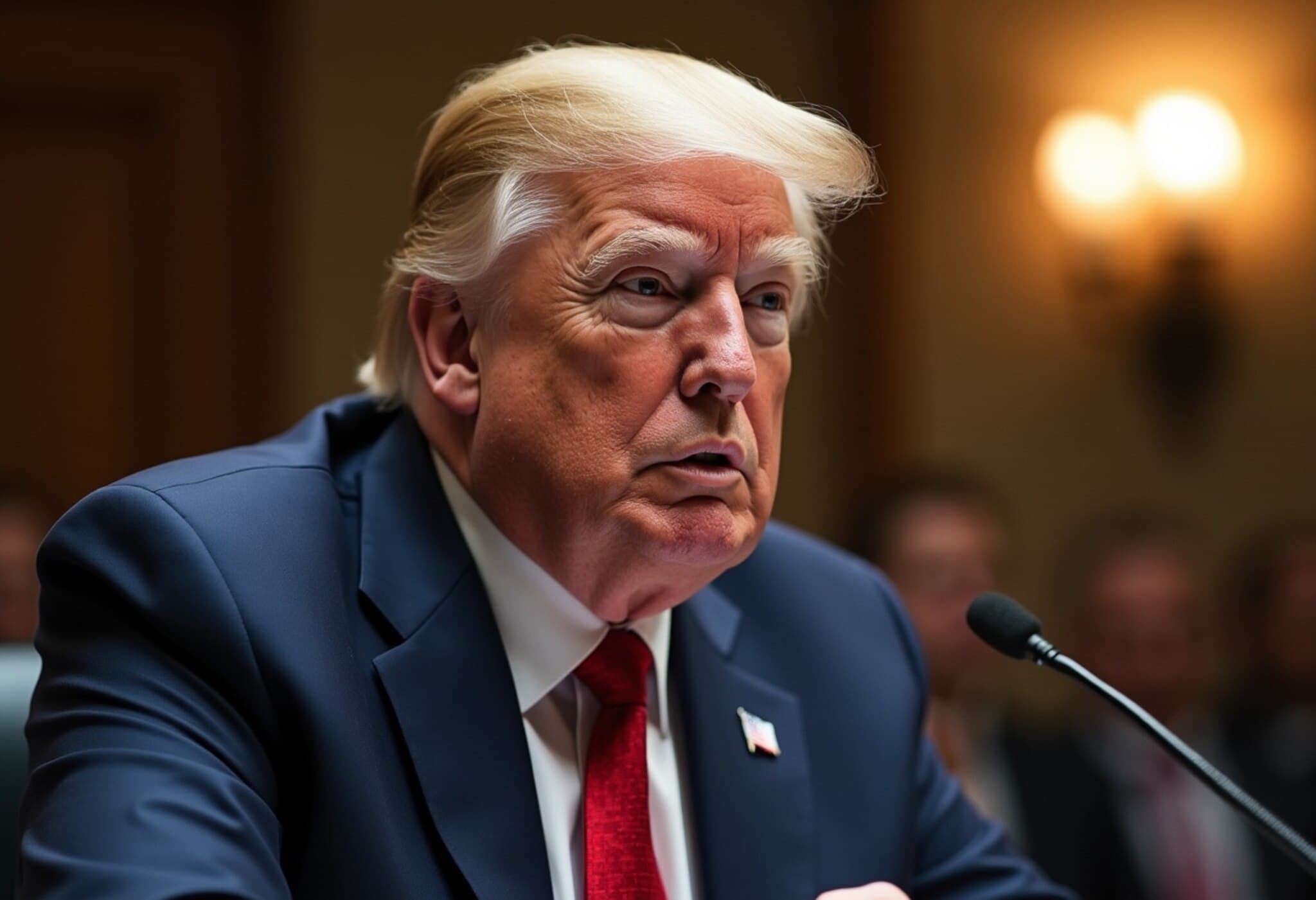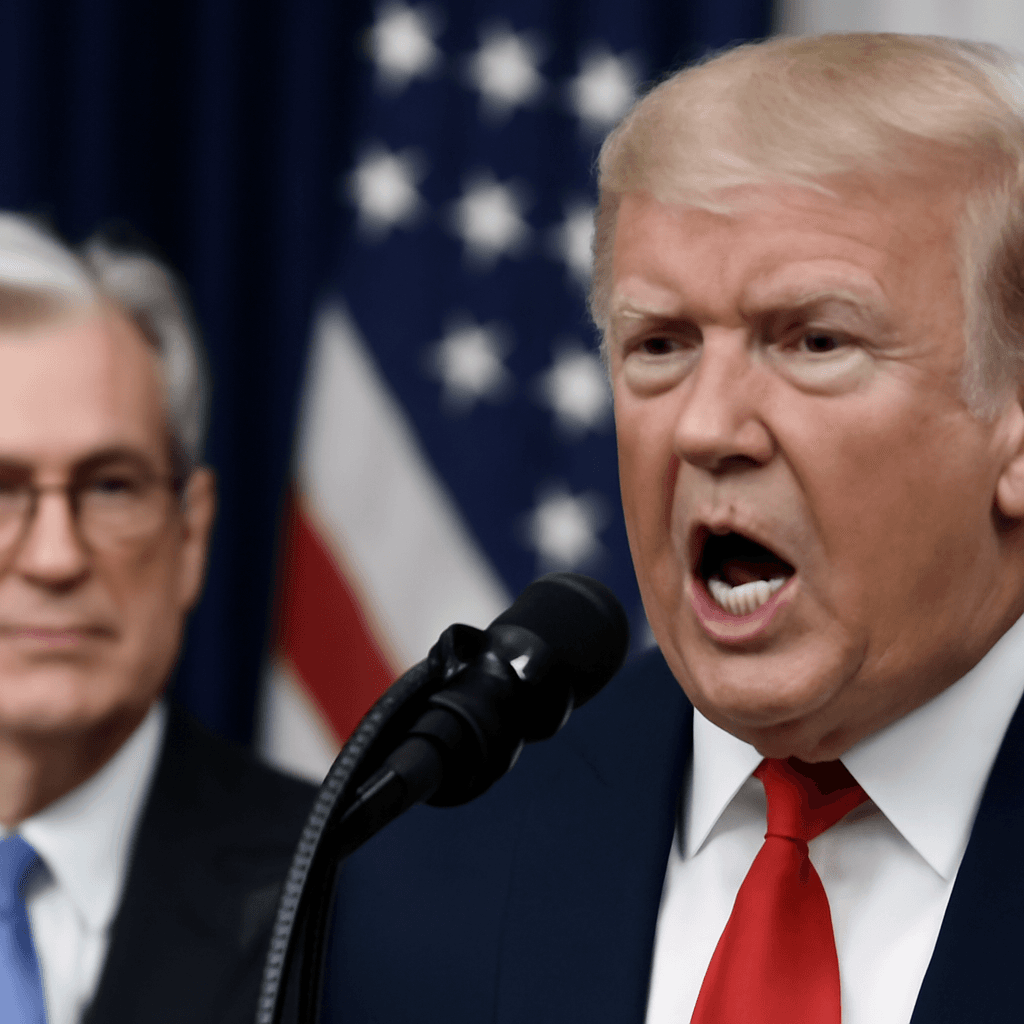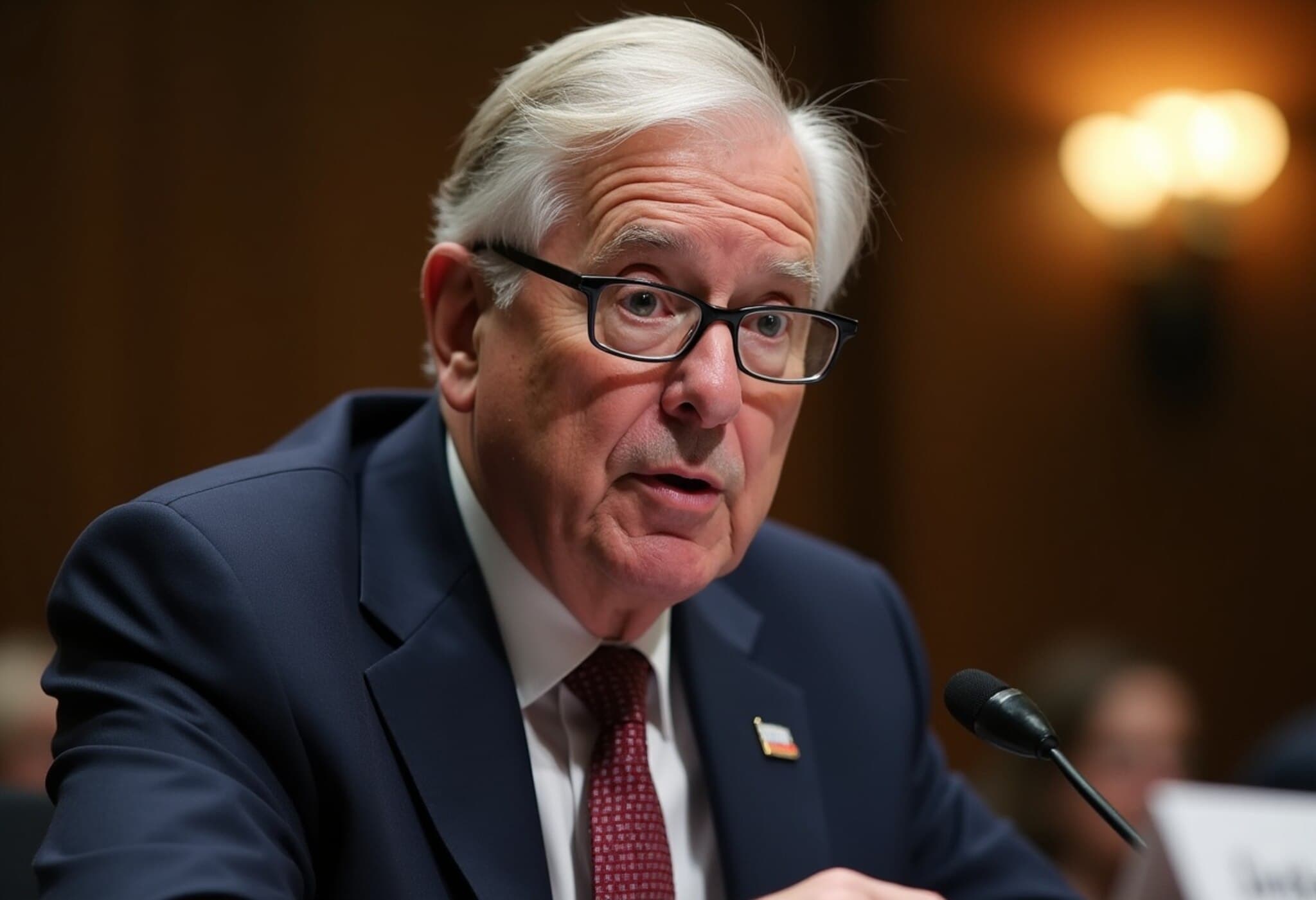Trump Escalates Pressure on Fed Chair Jerome Powell Amid Economic Tensions
In a striking move on Tuesday, former President Donald Trump publicly threatened to let a "major lawsuit" against Federal Reserve Chair Jerome Powell proceed. The legal action would center on the management of an ongoing renovation project at the Federal Reserve’s headquarters in Washington, D.C., which has drawn criticism for its soaring costs.
The Lawsuit Threat and Renovation Controversy
Trump took to his social media platform, Truth Social, to express his frustrations, saying, "Jerome 'Too Late' Powell must NOW lower the rate." He accused Powell of gross mismanagement, highlighting that the renovations have ballooned to an eye-popping $3 billion—a figure Trump labels wildly inflated compared to his estimate of a $50 million fix.
While Trump did not specify who would initiate the lawsuit or exactly when it might be filed, the threat marks a rare and public escalation in his ongoing feud with the Federal Reserve’s leadership.
Background: Tensions Over Interest Rates and Economic Policy
The animosity stems from Powell’s cautious approach to monetary policy. After the Fed aggressively raised interest rates to combat post-pandemic inflation in 2022, it began trimming rates through 2024. Despite expectations and pressure from Trump to continue slashing rates swiftly, the Fed has held them steady throughout much of 2025.
Trump contends that cutting rates more aggressively would lower government borrowing costs and bolster the economy, a view not shared by Powell, who cites inflation risks and economic stability concerns. Notably, in congressional testimony last month, Powell suggested that Trump’s expansive fiscal policies made interest rate cuts more complicated to implement safely.
Expert Insights: Economic and Political Implications
Dr. Laura Stevens, an economist specializing in monetary policy at Georgetown University, notes, "Trump’s criticism of Fed spending and rate policy reflects a broader political strategy to challenge institutions perceived as unaligned with his economic agenda. However, Federal Reserve procedures and costs—especially for historic buildings—are often more complex than public estimates suggest."
The renovation projects involve two historic Federal Reserve buildings, for which cost overruns have been attributed to unforeseen structural challenges, security enhancements, and inflationary pressures in materials and labor. While $3 billion sounds exorbitant, experts point out that preservation and modernization of century-old infrastructure naturally incur higher expenses.
The Broader Story: Underrated Questions and Future Outlook
- What legal grounds would underpin the proposed lawsuit? Without clear accusations of malfeasance or fraud, mounting a successful case could prove difficult.
- How do political pressures impact Federal Reserve independence? Trump's public attacks highlight growing tension between elected officials and the Fed, sparking debate over balancing autonomy and accountability.
- What does this mean for future Fed rate decisions? Despite Trump's demands, the Fed has projected potential rate cuts later in the year but remains cautious amid economic uncertainty.
As the renovation saga unfolds alongside economic debates, the Federal Reserve sits at a critical crossroads, confronting political challenges while navigating complex policy decisions.
Conclusion
President Trump’s renewed battle with Fed Chair Powell over renovation costs and interest rates underscores persistent rifts in U.S. economic governance. While the proposed lawsuit looms as a bold maneuver, the episode raises broader concerns about how public institutions communicate large-scale projects’ costs and how political dynamics may shape monetary policy moving forward.
Editor’s Note
Trump’s threat to litigate against Powell over the Fed’s $3 billion renovation project shines a spotlight on the intersection of politics, economics, and institutional accountability. Readers should consider how such public disputes influence trust in financial regulators and ponder what safeguards exist to ensure transparency and prudent spending in federal projects. As the Federal Reserve faces scrutiny on multiple fronts, the delicate balance between political oversight and operational independence remains a key issue for America’s economic future.

